There’s been a lot of legends and lost artifacts over the years that have fascinated scholars, archeologists and treasure hunters. Whether it’s Atlantis, the lost Ark of the Covenant or the fabled Amber Room, there’s no shortage of mysteries to fascinate us. That said, I think it’s safe to say that nothing is more desired and coveted as the Holy Grail.
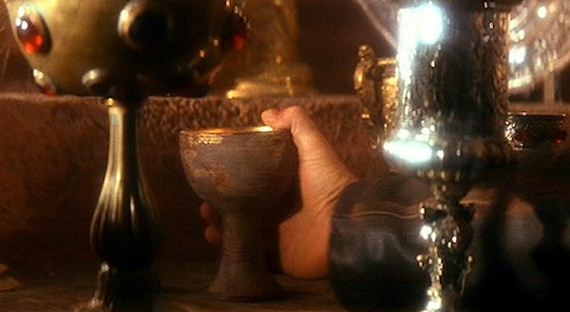
Even now, we use the term to describe something as the greatest and rarest treasure, like redheads or funny gifs, and over the last 8 centuries, no one object has had more stories written about it, and more quests to find it. It’s a legend tied in with religious beliefs, Arthurian stories and wild conspiracy theories.
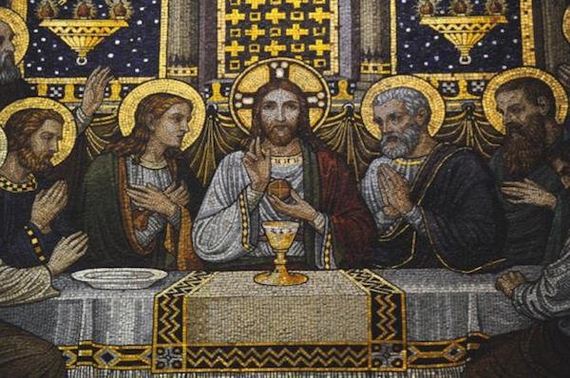
So what s the Holy Grail and is it real? There’s no definitive answer to that, or what it even is. The object we call the Holy Grail has been described as a vessel, dish, chalice, golden bowl, platter or a basin. It’s either the cup that was used to collect the blood and sweat of Jesus Christ while he was on the cross, or it was the Holy Chalice used to serve the wine at the Last Supper.
It’s an object that supposedly has magic powers, and over the centuries there’s been no shortage of treasures that have claimed to have been the Grail, creating a huge mythology around this object. The fascination has become so immense that every location that’s been rumoured to have housed the Grail, have become stops on a sort of pilgrimage to find the sacred and mysterious cup.
Check out some of the places that have claimed to be the home of the Holy Grail.
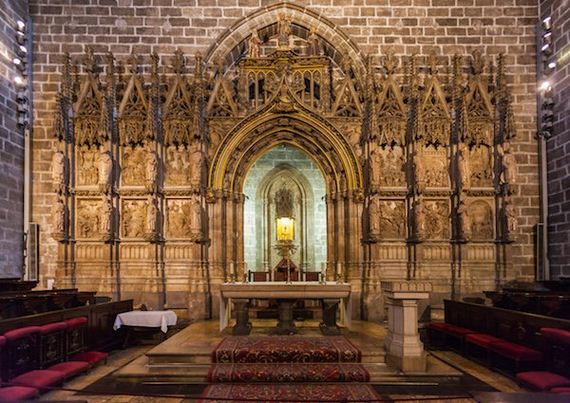
Holy Chalice of Valencia Chapel
Valencia, Spain
There is a chalice in a gothic cathedral in Spain that claims to be the Holy Grail. According to the story that is told by the cathedral, the Valencia Chalice is the Holy Cup from the Last Supper. The stories say that St. Peter took the Holy Cup from the supper and went to Rome after the crucifixion. Some time later, after the church was established in Rome, a Vatican solider took it to various places and it ended up in Spain, where it was given to the Valencia Gothic cathedral.
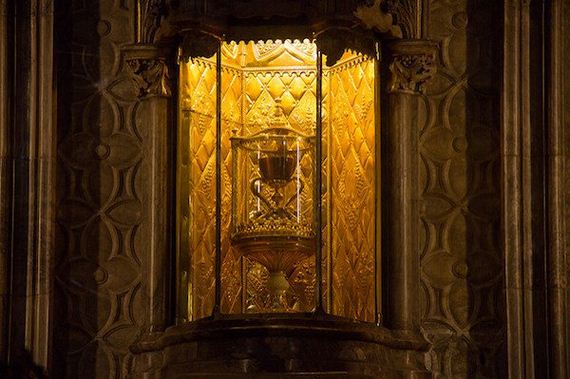
At first glance, it doesn’t really look like something from the first century. The top of the chalice is carved from a chocolate-red agate, while some time over the centuries, a base, handles and jewels were added to give it a medieval flare.
The church did submit the relic to carbon dating and found that the chalice came from a period between the third century BC and the second century AD and manufactured in the Middle East, so it’s plausible that it could have come from Jesus’ time.
Whether or not it’s the real deal, however, remains up to speculation.
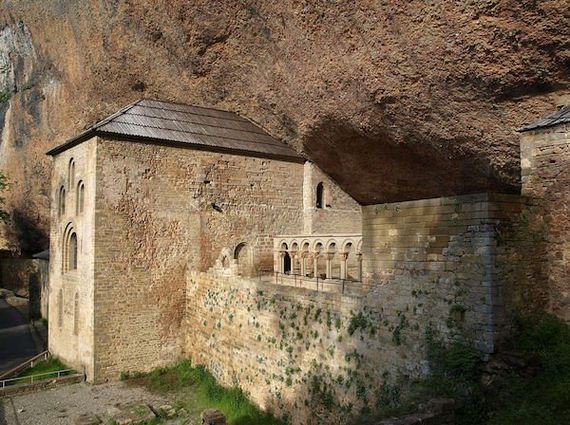
Monastery of San Juan de la Pena
Jaca, Spain
Before it made it to Valencia, however, it stopped here. Built between 920 and 1190 AD, this was a highly fortified monastery, that’s been one of the safest and most secure places to store booty and treasure of all kinds for over a millennium. Built into inconvenient cliffside, there’s no way to assault the monastery safely. Legend has it that the Vatican soldier who was transporting the Grail, stopped here to protect it from an upcoming Moorish invasion.
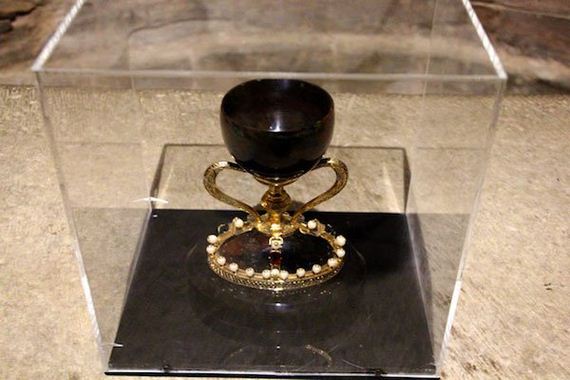
The monastery has a replica of the Chalice from Valencia, on display for people to see.
It looks like it could have been a clay cup that was jazzed up a little, as people from the Middle Ages expected that the cup of Jesus Christ would have been something spectacular (looking at you Donovan). It was the cup of a carpenter, you moron.
But that is, of course, if you believe that the Holy Grail is the Chalice from the Last Supper.
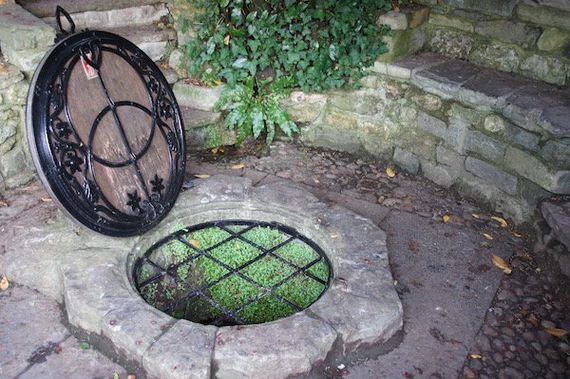
Chalice Well at Glastonbury
Glastonbury, England
The other popular theory is that the Holy Grail is a cup that was used to collect the blood and sweat of Christ, and this version is tied into the legend of King Arthur and his Knights of the Round Table.
According to something written in the 12th century by poet Chretien de Troyes, the Holy Grail was possessed by Joseph of Arimathea, who was one of the disciples present at Jesus’ death and he collected the fluids of Christ and had him buried in his own tomb.
Joseph then took the cup to Glastonbury, where he established the first Christian church in Britain. Later legends incorporated Arthurian legends and romance into the Grail Legend and they became intertwined.
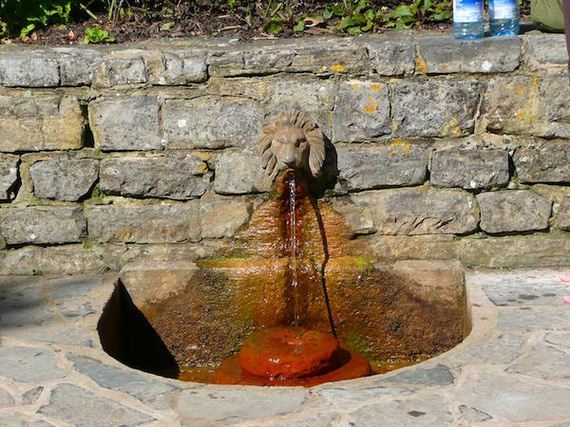
According to the legends, Joseph hid the grail in a secret place at Chalice Well, an ancient spring at the foot of Glastonbury Tor. Near the well, is a fountain that releases red water. Many believe that the colour of the water (also known as the Red Spring), represents the Blood of Christ or the rusty iron nails from the Crucifixion, and has mystical properties.
There’s no evidence of the Grail actually being here, but the Arthurian legends speak of the Knights of the Round Table searching for the Grail all over Britain and the descriptions match up with the Chalice Well. Though, on the other hand, there’s no actual proof that this place, or Glastonbury in general, was ever home to mystical objects. But above and beyond the quest for the Grail, this place does have some significance in Arthurian legend. Some say this is the mythical Avalon, the burial site of King Arthur and Queen Guinevere, while others say that it’s all a hoax perpetuated by abbey monks in the 12th century to create a pilgrimage site.
So then if the Grail was never here, then where else could it have been. The tales told of Lancelot, Percival and Galahad in the Grail stories, also mention a Grail Castle in the sky. But where’s that?
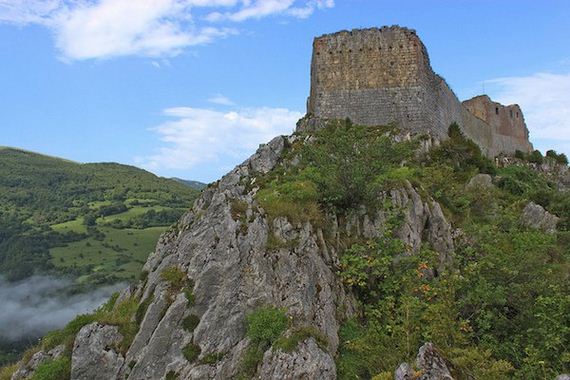
Chateau de Montsegur
Montsegur, France
There’s a lot of legends around this ruined castle, that sits 3,900 feet above the ground. The current structure sits on the site of a former 13th century castle that was once the centre of the Cathar church, which was a Christian sect. It’s said that the church once housed several treasures, including the Holy Grail. Montsegur has been mentioned many times in Grail literature as one of the resting places of the holy object within the Arthur legends, but there’s another set of Knights that lay claim to protecting the Grail at this site.
The Knights Templar.

The Knights were formed in 1120 by a small group of monks in Jerusalem, headquartered at Solomon’s Temple, not far from where Jesus was buried. Legend has it that the cup was found buried in the Temple and they used it to gain leverage and create their order. They then swore an oath to protect it and during the Crusades, would hide the Grail in various locations across Europe.
It’s here where all the legends of the Knights and the Grail began, leading to a fascination from everyone in the modern era, including some of the most popular mentions of the Holy Grail in pop culture, including the DaVinci Code, Monty Python and Indian Jones and the Last Crusade.

Those Knights were pretty badass.
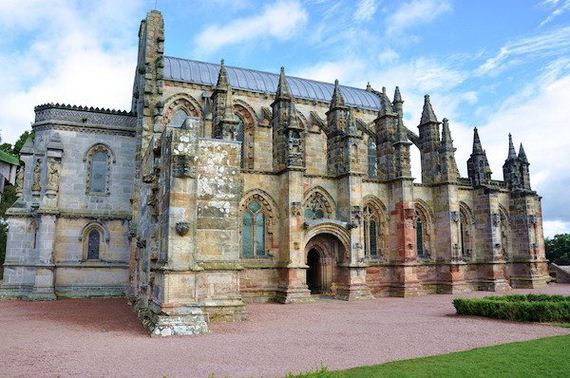
Rosslyn Chapel
Roslin, Scotland
It’s actually the DaVinci Code (both the novel and the film), that have re-energized the quest for the Grail in modern times (even though the novel’s based off of a 1982 book called “Holy Blood, Holy Grail”).
According to Dan Brown, the Holy Grail’s not a cup or an object, but Jesus’ wife Mary Magdalene, and according to his legend, her body was buried under Rosslyn Chapel in Scotland.
In that version of the Grail legend, the term ‘Holy Grail’ is a mis-translation of the word “Sangreal.” Over time it’s come to mean “Holy Grail,” but it could also mean “Holy Blood.”
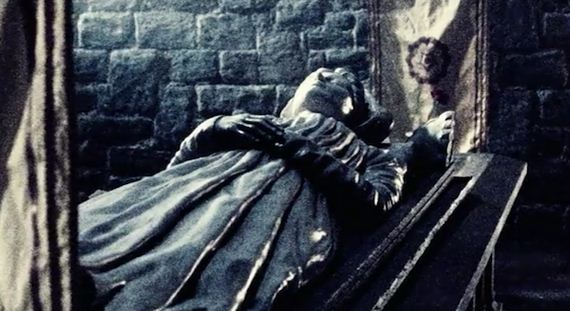
This tiny 15th century chapel has been a hotbed for conspiracy theories and occultists for centuries, due to the symbols found in the church that link it to Templars, Freemasons and the Illuminati.
Accordion to the myth that Dan Brown drew upon, a small group of Templars fled to Scotland with the Grail and other treasures and hid the Holy Grail there in the vault of the Chapel. Though there isn’t a giant sarcophagus there or any indication of a Chalice, it’s still an interesting idea.
Though there’s still one place that no one’s thought to look. What if the Holy Grail never left the Holy Land to begin with?
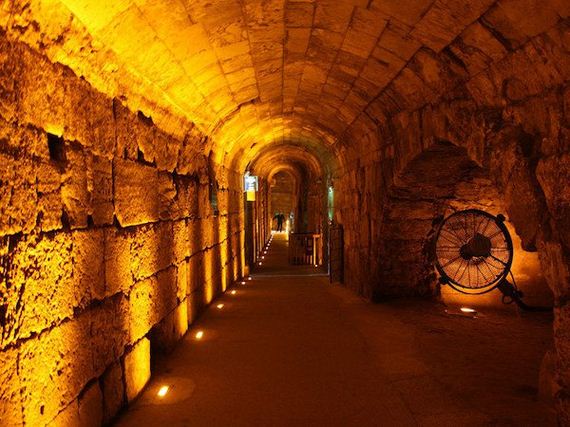
Western Wall Tunnel
Jerusalem, Israel
There’s some theories that suggest that the Grail might still be in Jerusalem. The city’s built upon ancient tunnels that were excavated more than 2,000 years ago to support the height of the Western Well surrounding the Temple on the Mount. Archaeologists have been excavating the tunnels and have found some ancient artifacts already that have been identified as coming from the era that Jesus supposedly lived in. Some even speculate that all the major relics from Christianity are hidden in secret rooms and tunnels down there, including the Ark of the Covenant, the True Cross and other significant religious items.
Maybe it’s about to be found, although without knowing what it looks like or what it really is, who knows if it hasn’t been found already?
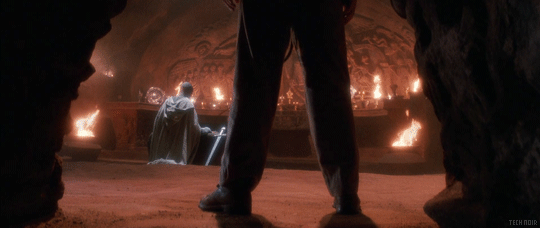
But let’s be honest, we all know where the Holy Grail actually is and that it’s already been found. Right?
 Barnorama All Fun In The Barn
Barnorama All Fun In The Barn